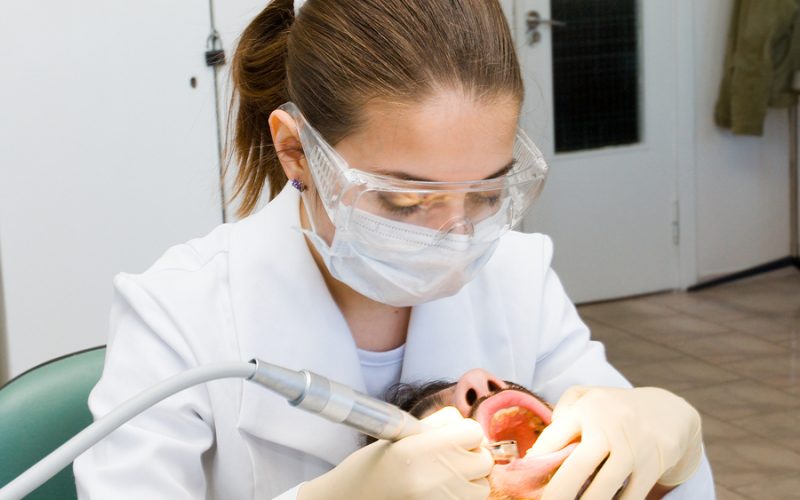
March 21, 2020
By the time the wisdom tooth emerges there is very little space left inside the mouth for it to grow straight. The result is that wisdom teeth may grow at an angle. That angle may be inwards or outwards. Sometimes the tooth remains impacted and does not emerge. The tooth may grow horizontally beneath the gums. This is one specific instance when wisdom teeth removal is indicated. There are other conditions that indicate the removal of wisdom tooth is the right solution.
When wisdom teeth removal is not necessary
The wisdom tooth is not absolutely necessary. It is an extra molar. However, if it grows straight and does not cause pain then it is best left alone. A tooth may grow partially and does not cause any pain or discomfort. It is best left in place. However, to be on the safe side, you can fix an appointment with wisdom teeth dentist Melbourne based for an x-ray that will show details of the roots. If there are more roots and they are growing then wisdom teeth removal may be necessary even if the tooth is otherwise not giving you trouble.
When wisdom teeth removal is advisable
- Crooked wisdom teeth do not cause pain in the initial stages. However, because food particles lodge in the crevices and decay sets in it leads to pain. Bacterial growth and further decay can affect nerve endings that will result in continuous pain. It is a good idea to nip the problem in the bud and get your wisdom teeth dentist Melbourne based to give a thorough checkup and plan for removal. A crooked wisdom tooth can cause gum disease, pericoronitis, cellulitis and abscess.
- Horizontally growing wisdom tooth must be removed. It is detected by an X-ray that your dentist will carry out. If left in place the horizontally growing tooth exerts pressure on the neighbouring tooth and causes pain.
- Partially erupted teeth allow bacteria to enter the tooth and cause decay and consequent pain. If this happens then the impacted wisdom tooth must be removed.
- Crooked wisdom teeth may cause damage to the jaw, result in sinus problems and inflamed gums. Even if the tooth is healthy it is best to consult a dentist and get it removed.
Related Items: Wisdom Teeth Dentist MelbourneWisdom Teeth Removal





